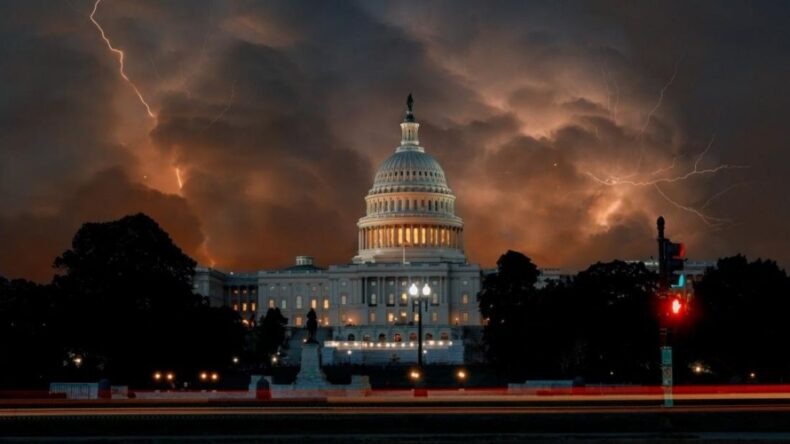The constant struggle and dilemma revolving around the debt limit in the United States have left the bureaucrats at their wit’s end.
The Treasury Secretary, Janet Yellen, has predicted that the United States would reach its debt limit any day between 15th October and 4th November with an estimated date of 18th October. And so, Congress must address the debt limit.
Lately, Congress has been flirting with the idea of not raising the debt limit, and this has created chaos in the American economy because they are on the verge of making the first-ever default in American history.
And this default would trigger a broad market sell-off along with a stranglehold on everything ranging from the ability to borrow to the ability to pay. It would create a substantial economic drawback, making it difficult for its citizen to survive.
Nearly 50 million seniors would miss out on their social security checks, and millions of families would see their monthly child tax credit delayed.
Troops would be unpaid, and a large chunk of the population would be cash-strapped if the country goes through a default. And so, the government seems to be in quite a pickle.
But now, before looking at the crisis further, let’s see a bit of the history.
The Debt ceiling is the limit on the amount of debt the government can accrue for fulfilling its existing financial obligations.
Before 1917, i.e., when the US introduced the debt ceiling, the government was allowed to borrow for specific reasons and purposes.
But these withdrawals were then restricted by a limit as a lot of money was borrowed during World War 1.
Since then, the debt ceiling has been raised as needed because, as time passes, the expense on present financial obligations will rise, and it is only rational to raise the limit accordingly.
And this had not been a problem until now. Lately, the debt ceiling is being utilised as a political instrument in the United States.
It is now becoming more of a political issue where mainly the crisis is seen between a Democratic President and The Republicans.
The roots of the current crisis range back to 2019, when as a part of the bipartisan budget act, the debt ceiling was suspended until 31st July 2021.
And as a part of this act, the debt ceiling would automatically be set to accommodate all the obligations issued during the suspension period.
The ceiling limit was hence set to $28.4 trillion in 2021. In contrast to this, the current national debt stands at $28.43 trillion (according to the Peter G. Peterson Foundation’s live tracker), leaving absolutely no space for any borrowing.
This has created chaos as the government went from unlimited funding during the pandemic years (since the bipartisan budget act in 2019 to 31st July 2021) to absolutely no borrowings.
And so, because of this, the treasury is forced to undertake extraordinary measures to finance the government temporarily until the limit is raised.
These measures would include pausing of pension funds or the use of cash reserves to accommodate the deficit.
However, this is not a permanent solution as in the end, the resources are going to end, and the pension funds need to be paid.
The United States is going through a similar crisis where the extraordinary measure won’t survive for long, thus reaching its limit in mid-October, as stated by the Treasury Secretary, Janet Yellen.
This potential default will make it extremely difficult and expensive for the US to borrow money in the medium term, affecting its credibility.
These statements have made it pretty clear that the US must raise the debt ceiling.
However, it has witnessed some strong opposition from the Republicans.
The Republicans have made it pretty clear that they do not want to raise the debt ceiling by declaring it another reckless partisan taxing and spending spree.
When the matter was voted in the house of representatives, none of the Republicans voted in its favour, transferring all the decision-making power to the Senate.
The democrats need 60 votes in the Senate to raise the limit. So, they need ten republican senators voting in their favour which seems like an impossible task seeing the voting patterns of the house of parliament.
However, in the absence of such a majority, the Democrats can force raise the debt ceiling by using a budget reconciliation allowing the Senate to make this decision by a simple majority.
However, there is a tough spot here, as the debates on reconciliation bills are restricted to only 20 hours and are not subject to filibuster.
Also, by resorting to the reconciliation, the Republicans can prove Biden’s spending as irresponsible and partisan.
And so, it is safe that say that the United States is on the verge of a political cold war which is going to be a massive risk for its economy.













